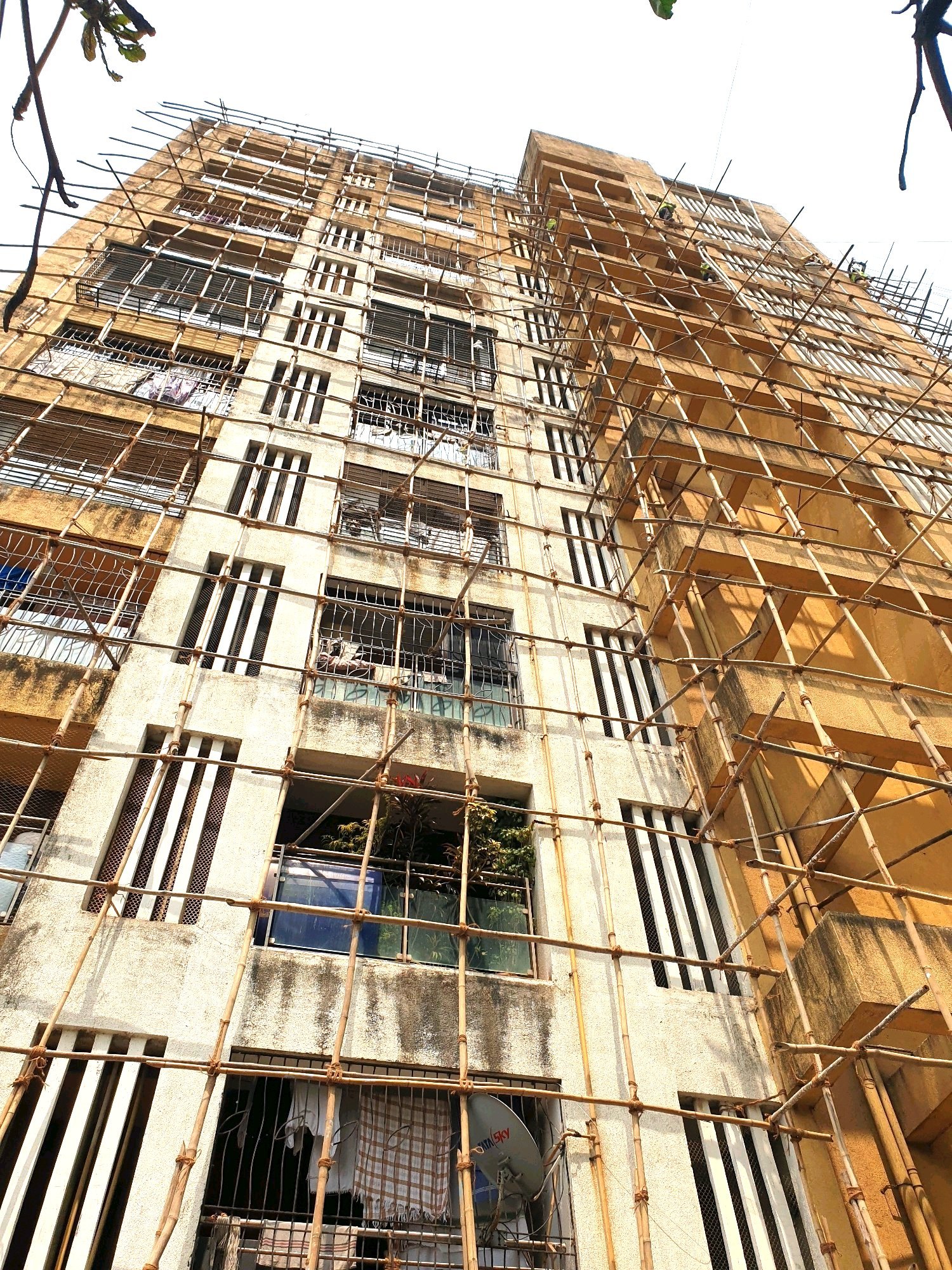Structure Rehabilitation Work

Structure Rehabilitation Work
Structure rehabilitation work involves the restoration, repair, and enhancement of existing buildings, infrastructure, or other structures to extend their service life, improve safety, and bring them up to current standards. Here are the key aspects of structure rehabilitation work:
-
Assessment and Inspection:
- Condition Assessment: A thorough inspection of the structure is conducted to identify issues, such as cracks, corrosion, deterioration, or structural weaknesses.
- Structural Analysis: Structural engineers may perform an analysis to understand the structural integrity of the existing elements and identify areas of concern.
-
Repair and Restoration:
- Concrete Repair: This includes fixing cracks, spalling, or corrosion in concrete structures by methods like patching, rebar installation, and epoxy injection.
- Masonry Repair: Restoration of masonry structures involves repointing, replacing damaged bricks or stones, and repairing mortar joints.
- Steel Repair: For steel structures, corrosion removal, surface cleaning, and repainting are common repair methods.
- Wood Repair: Wooden structures are often restored by replacing damaged wood components or applying protective coatings.
- Historic Preservation: When rehabilitating historic structures, careful attention is paid to preserving architectural details and materials in line with preservation guidelines.
-
Strengthening and Reinforcement:
- Structural Strengthening: Techniques like carbon fiber wrapping, steel plate bonding, or the use of externally bonded FRP (Fiber-Reinforced Polymer) can increase the load-bearing capacity of structures.
- Foundation Underpinning: Underpinning methods are used to stabilize foundations and prevent settling or tilting.
-
Waterproofing and Corrosion Protection:
- Structures are often protected against moisture and corrosion through waterproofing membranes, coatings, or the application of corrosion-resistant materials.
-
Seismic Retrofitting:
- In earthquake-prone areas, structures may undergo retrofitting to enhance their resistance to seismic forces. This can include adding shear walls, base isolators, or dampers.
-
Traffic Safety and Roadway Rehabilitation:
- For transportation infrastructure, rehabilitation work can include resurfacing roads, repairing bridges, and upgrading signage and guardrails to improve safety.
-
Historical and Architectural Considerations:
- When rehabilitating historical or architecturally significant structures, efforts are made to retain the original design elements, materials, and historical integrity.
-
Environmental Considerations:
- Sustainable rehabilitation practices may be incorporated, such as using eco-friendly materials, improving energy efficiency, or addressing environmental concerns.
-
Quality Control:
- Rehabilitation work should adhere to industry standards and quality control measures to ensure structural integrity and durability.
-
Maintenance and Monitoring:
- Regular inspections and maintenance are essential to assess the long-term effectiveness of rehabilitation work and to make any necessary adjustments or repairs.
Structure rehabilitation work is crucial for maintaining the safety, functionality, and longevity of buildings and infrastructure. It involves a combination of repair, restoration, and enhancement methods to address various issues, from structural weaknesses to aesthetic improvements, ensuring that existing structures can continue to serve their intended purposes effectively.



